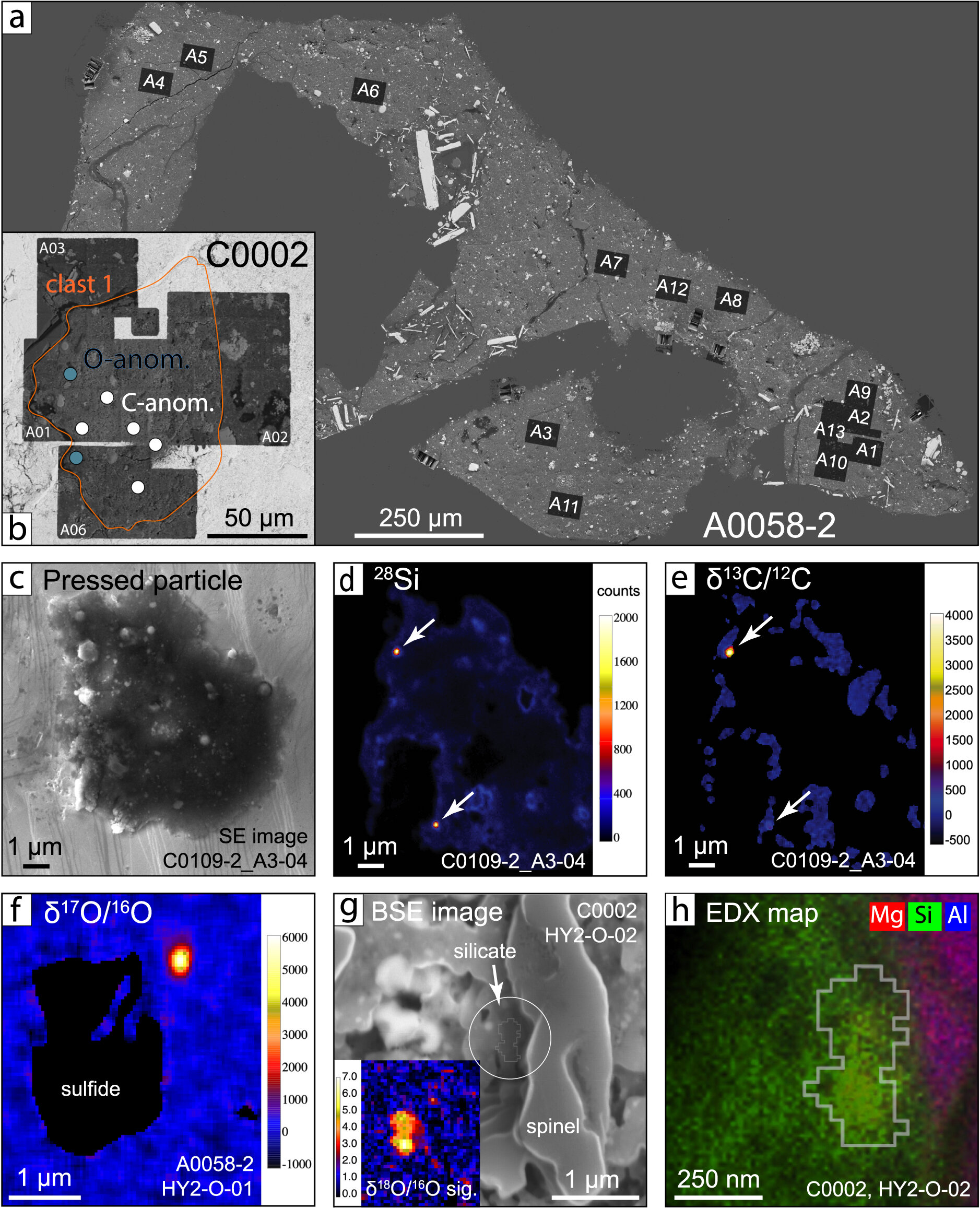
An international team of researchers studying dust samples retrieved by the Hayabusa-2 space probe, has found that some of its dust grains are older than the solar system. In their paper published in The Astrophysical Journal Letters, the group describes their analysis of the dust from the asteroid and what they found.
An international team of researchers studying dust samples retrieved by the Hayabusa-2 space probe, has found that some of its dust grains are older than the solar system. In their paper published in The Astrophysical Journal Letters, the group describes their analysis of the dust from the asteroid and what they found.
The Hayabusa-2 space probe began its mission back in 2014 as it was launched into space aboard a H-IIA 202 rocket. It rendezvoused with the near-Earth asteroid 162173 Ryugu four years later. After circling the asteroid for two years, it descended to its surface and grabbed a sample of its surface dust. It then blasted off and made its way back to Earth.
Ryugu is situated 300 million kilometers from Earth and circles the sun every 16 months. It has been described as little more than an assemblage of gravel, likely made from the debris of several other asteroids. Other research has shown that it likely formed in the outer part of the solar system and has been creeping inward since—others yet suggest its dust hints at the possibility of Earth’s water coming from a similar asteroid.
Since the sample of dust collected by the probe returned to Earth, parts of it have been passed around the world to different researchers eager to test it in different ways. In this new effort, the researchers looked to determine its age—they note that different kinds of grains in asteroids such as Ryugu originated from different types of stars and stellar processes. The age of the grains in their dust can be identified and dated by their isotopic signatures.
In studying the Ryugu dust sample, the researchers compared them to grains found in carbonaceous chondrite meteorites that have been found on Earth. They note that just 5% of such meteorites have been found to harbor grains that predate the creation of the solar system—some of which have been dated to 7 billion years ago. The researchers found that the dust sample held grains identical to all of the others that have been seen in meteorites, showing that it too predates the solar system. They note that one in particular, a silicate that is known to be very easily destroyed, must have been protected somehow from damage by the sun. https://phys.org/news/2022-08-grains-asteroid-ryugu-older-solar.html








Recent Comments